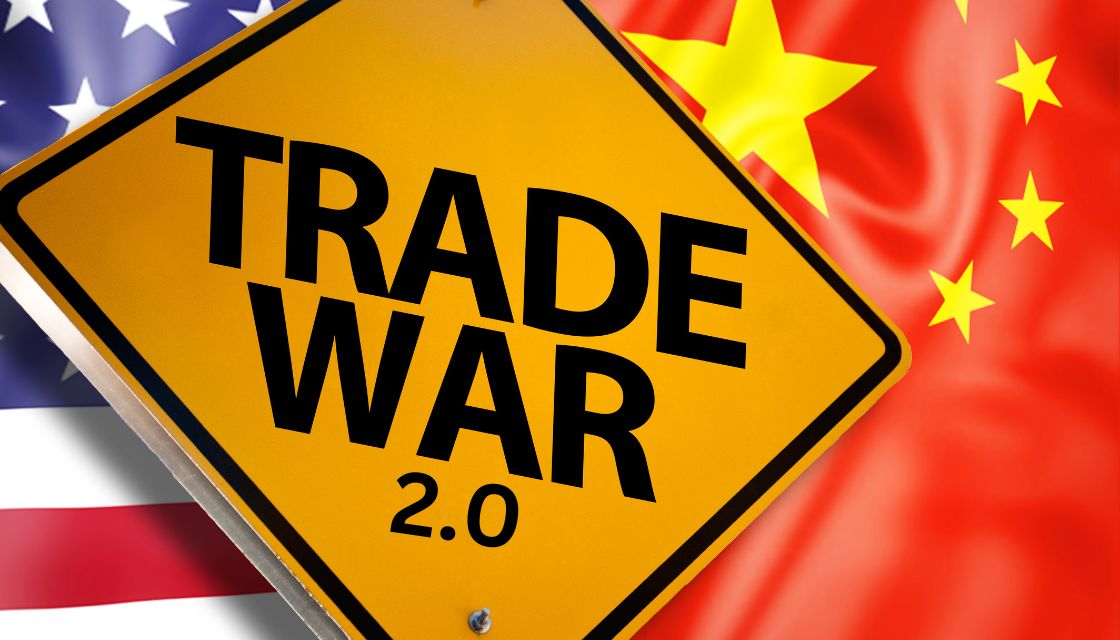Is Now the Time for US Manufacturers to Reconsider “China Plus One”?


With Trump’s return to office and his record of trade tensions with China, many U.S. manufacturers are re-evaluating their reliance on Chinese suppliers. Trump’s past approach to tariffs and recent remarks about increasing tariffs on Chinese goods suggest that steeper trade restrictions could soon be on the horizon. Although the “China plus one” strategy—sourcing or producing outside of China alongside Chinese operations—has been around for years, this renewed possibility of trade friction is making diversification more urgent than ever.
Moving Away from China: Examples in Action
Several companies are already preparing for what could be an unpredictable trade environment under a renewed Trump administration. By diversifying supply chains, these businesses are taking steps to reduce their exposure to the risks associated with sourcing solely from China.
Steve Madden, the popular footwear and accessories retailer, moved quickly following Trump’s election win, announcing plans to reduce its production in China by 40% within the next year. With over 70% of its U.S. inventory currently sourced from China, the company is implementing a proactive diversification plan to protect itself from potential new tariffs and the economic risks they could bring.
Similarly, Breville, known for its premium kitchen appliances, is relocating more of its production outside of China. In response to Trump’s victory, the company decided to accelerate its diversification efforts, underscoring the value of a resilient supply chain capable of weathering sudden policy changes.
Challenges Manufacturers Can Handle In-House
For other U.S. manufacturers considering a “China plus one” approach, some challenges can be managed internally. One major hurdle is the high switching cost associated with setting up operations or securing new suppliers in a different country. While it’s a considerable investment, companies that focus on long-term stability may find it worthwhile to reduce tariff exposure and benefit from lower labor costs in alternative regions—for instance, China’s manufacturing labor costs are nearly nine times higher than India’s.
Another challenge manufacturers can address independently is adopting a longer-term perspective. While many companies prioritize quick returns, approaching “China plus one” as a long-term strategy for supply chain resilience can make it more sustainable. Long-term contracts with Chinese suppliers may also restrict an immediate shift, but manufacturers can gradually diversify their sourcing as contracts come up for renewal.
The Role of Strategic Supply Chain Partners with a Dual Presence
While some challenges can be handled in-house, partnering with a strategic supply chain partner that has teams in both the U.S. and the target country, such as India, can significantly streamline the transition and mitigate risks. Strategic supply chain partners with established networks and experience in the target region can add value in several ways.
One of the primary advantages is supplier vetting and quality assurance. Strategic supply chain partners have deep familiarity with the local manufacturing landscape and can quickly identify reliable, high-quality suppliers, reducing the time and risks involved for U.S. manufacturers. Their established relationships help ensure consistent quality, a critical factor when shifting part of production to a new location.
Managing complex logistics is another area where strategic supply chain partners play a vital role. They can handle the intricacies of international logistics, including customs, warehousing, and shipping, making the entire process more manageable for U.S. manufacturers who may not be familiar with the region’s regulations. Additionally, these partners often have systems in place for just-in-time (JIT) deliveries, which can help manufacturers maintain inventory flow and minimize delays.
Beyond logistics, strategic supply chain partners assist with workforce training, production oversight, and intellectual property (IP) protections. With boots on the ground, they can work closely with local suppliers to ensure production standards are met and address any quality issues promptly. They can also help secure IP protections, setting up clear agreements to prevent misuse of proprietary information—a concern that often deters companies from entering new regions independently.
